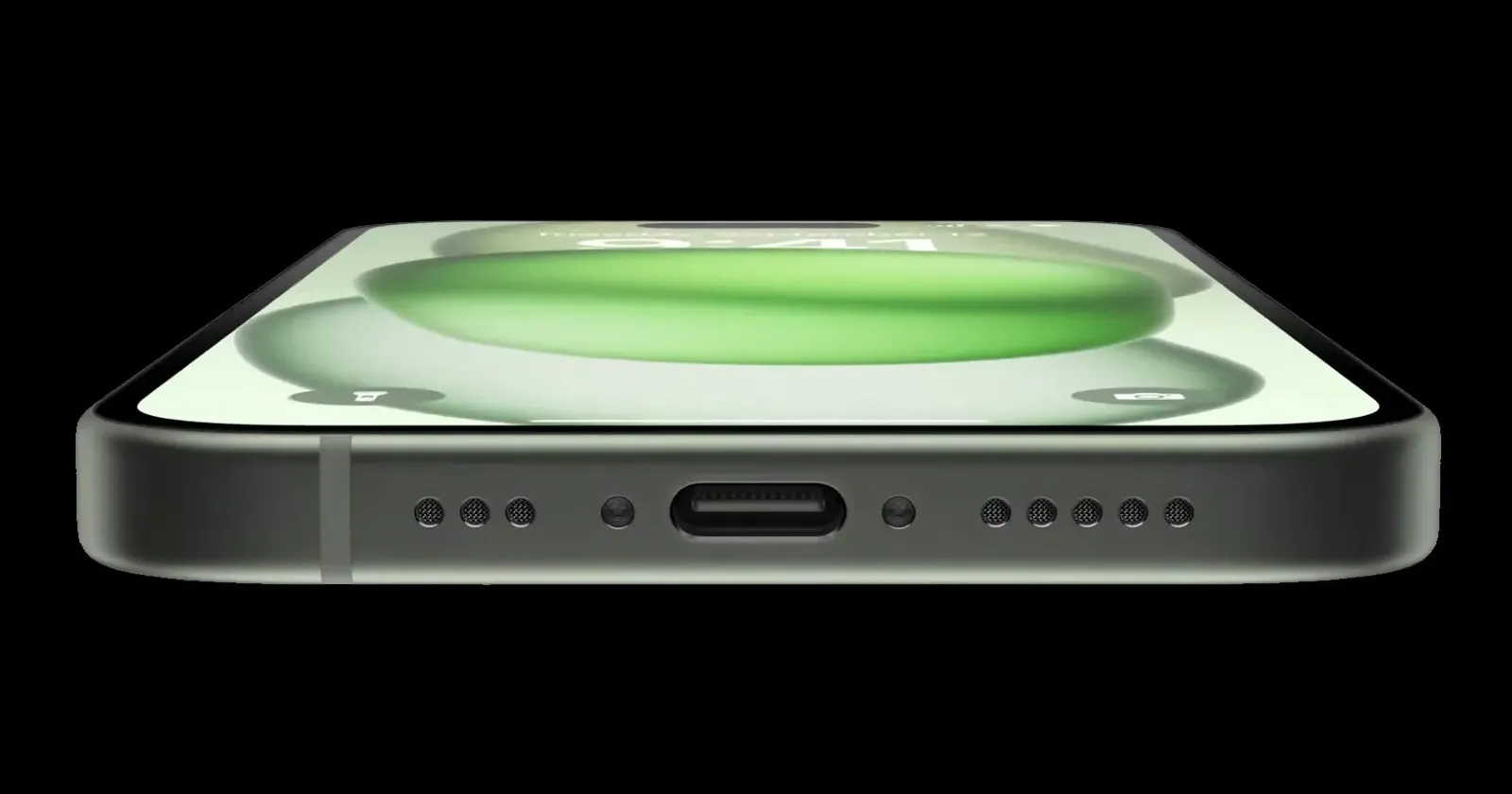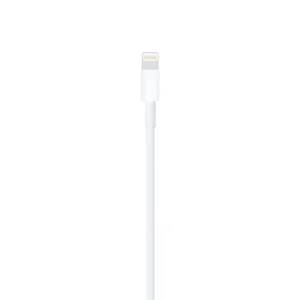Apple has taken another significant step in its move to USB-C by discontinuing the iPhone SE and iPhone 14 models. These were the last iPhones to feature the Lightning port, which has been Apple’s charging standard since 2012.
The news came yesterday, alongside the launch of the new iPhone 16e with USB-C connectivity. This means all new iPhones now sold by Apple use the universal USB-C port, bringing the company in line with European Union regulations that require all new smartphones to use USB-C by December 28, 2024.
Apple’s transition away from Lightning has been gradual. The company first adopted USB-C in its 2015 MacBook, later bringing it to iPads and other products. The EU mandate, designed to reduce electronic waste and standardize charging solutions across devices, likely accelerated this shift.
For Apple users, this change means new iPhones will require USB-C cables for charging and data transfer. While this might initially inconvenience those with multiple Lightning accessories, adapters can help bridge the gap during the transition period.
Though Apple’s iPhone lineup has now fully embraced USB-C, some Apple products still cling to Lightning technology. Most notably, the first-generation Apple Pencil continues to use a Lightning port for charging and pairing. Apple currently sells these with USB-C to Lightning adapters to maintain compatibility with newer iPad models.
The universal USB-C standard offers several advantages over Lightning, including faster data transfer speeds, improved power delivery, and compatibility across different brands and devices. Here’s a table I whipped up for comparison:
| Feature | Lightning Port | USB-C Port |
|---|---|---|
| Introduction | 2012 (iPhone 5) | 2014 (industry standard) |
| Reversibility | Yes | Yes |
| Data Transfer Speed | Up to 480 Mbps | Up to 40 Gbps |
| Power Delivery | Up to 12W | Up to 100W |
| Compatibility | Apple proprietary | Universal, multi-device |
| Current Use in Apple | Older iPhones, some accessories | New iPhones, iPads, accessories |
It’s likely that the remaining few Lightning accessories will also be phased out within a matter of a few months or years at max. So let us know what’s your take on this transition. Are you happy with the USB-C port or did you prefer Apple’s Lightning port? Share your views in the comments below.
TechIssuesToday primarily focuses on publishing 'breaking' or 'exclusive' tech news. This means, we are usually the first news website on the whole Internet to highlight the topics we cover daily. So far, our stories have been picked up by many mainstream technology publications like The Verge, Macrumors, Forbes, etc. To know more, head here.




